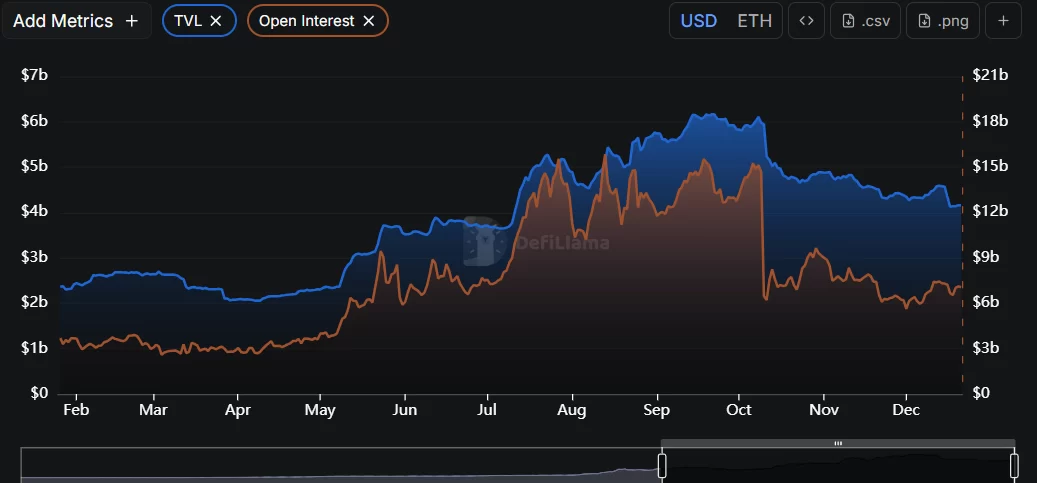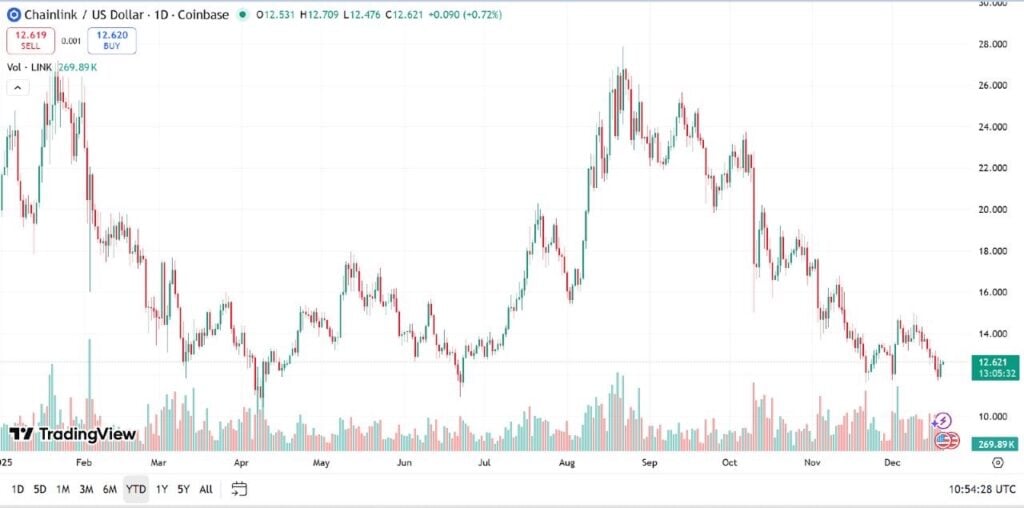The Federal Reserve Opens a New Chapter: Cryptocurrency Officially Included in the Washington Agenda
The US payment system is preparing to integrate the assets and infrastructure you are already trading.
Article Translation: Block unicorn
Preface
On October 21, the Federal Reserve held its first Payments Innovation Conference in Washington. The event lasted an entire day, bringing together central bank governors from various countries, major asset management firms, large banks, payment companies, and leading crypto infrastructure teams. The agenda covered stablecoins, tokenized assets, DeFi, AI in payments, and how to connect traditional ledgers to blockchains. The message from the venue was simple:Crypto technology has now become part of the payments conversation.
Why This Time Is Different
For years, the U.S. attitude toward crypto has sounded likeregulation first, dialogue later. This time, a Federal Reserve governor stated at the opening ceremony that the goal is to embrace disruptive technology in payments and learn from the experiences of DeFi and crypto. This shift in tone is significant. It tells investors that the question has moved from whether this technology is applicable to how to integrate it into core systems safely.
The "Streamlined" Account Concept
The most concrete news is that the Federal Reserve is developing a limited-access payment account (commonly referred to as a "streamlined account"). Think of it as a simplified version of a master account, allowing certain non-bank entities that meet legal requirements to directly access the Fed's payment services under strict supervision.This includes limits, no interest, no credit lines, and strict reporting requirements. Currently, many stablecoin issuers and crypto companies rely on commercial banks for settlement and key services. If limited-access Fed accounts become a reality, they could reduce single points of failure. This is not a free pass, nor will it happen overnight, but it is a clear direction of development.
Crypto Industry Recommendations to the Fed
If true institutional scale is to be achieved, three major challenges must be solved. First, make traditional systems compatible with blockchains for audit and compliance checks. Second, standardize proofs and metadata carried by transactions to meet the needs of regulators and counterparties. Third, create "regulated DeFi" variants where smart contracts automatically enforce compliance, identity verification, and cross-chain controls by default. None of this is just for show. All of this is exactly what large capital pools require.
Why Stablecoins Are Central
Stablecoins are already one of the largest real-world use cases for crypto.Their biggest operational risk is reliance on key channels with partner banks. Direct, limited access to the Fed would set higher standards for reserves, reporting, and settlement, and reduce the likelihood of disruptions or de-banking events. This does not eliminate risk, but it does transform the system into a standardized, regulated framework that institutions can understand.
Tokenized Assets Enter the Plan
When the world's largest asset managers, multinational banks, and crypto data providers gather with the Fedto discuss tokenized funds, tokenized cash, and on-chain settlement, what you see is a roadmap. Tokenization is not a gimmick. It is a way to accelerate the circulation of traditional assets, offering instant settlement, 24/7 markets, and programmable compliance. The long-standing barriers have been standards, identity verification, and secure access to payment systems. These three are of utmost importance.
Impact on the Market
There is significant price volatility around such events. Bitcoin may drop several percentage points in a day, and Ethereum and Solana can also swing sharply up or down on headlines, then reverse. Structural signals are stronger. The U.S. central bank is now openly exploring how to connect crypto channels to payment cores. When policy clarity improves, capital flows tend to concentrate first in assets best suited for institutional investors. Bitcoin remains the macro entry point. Ethereum is at the core of stablecoins and tokenization. Solana continues to win in speed and consumer applications. Chainlink is positioned as the data and compliance bridge connecting blockchains and institutions.
None of this guarantees prices will rise in a straight line. But it does determine where new mandates can be allocated when legal and operational mechanisms shift. This usually means Bitcoin first, then Ethereum, followed by a basket of large-cap assets with clear use cases. After that, if liquidity is strong and risk appetite returns, small-cap assets will start to rise. Same cycle rhythm, different drivers.
Recent Catalysts
-
Stablecoin rulebooks to standardize reserves and real-time reporting.
-
More tokenized cash products and treasuries, with built-in on-chain identity.
-
DeFi versions hardcode counterparty checks, asset eligibility, and restrictions, so institutions can participate without changing their mandates.
-
Stories at the intersection of AI and crypto feature real economic design, not just branding, especially as emissions tighten.
How to Position
Keep your plan simple and aligned with your investment horizon. If investing, focus on assets that institutions can actually buy. For most, the core is Bitcoin and Ethereum, with moderate allocation to Solana, and a small reserve for infrastructure that bridges data and compliance across chains. If trading, assume volatility based on market dynamics, use isolated risk strategies, and set your stop-loss points in advance.
Final Conclusion
The Federal Reserve has convened crypto companies, banks, asset managers, and major tech firms to jointly plan a shared payment system, and has proposed a concrete path for direct, restricted access to the Fed's payment system. Prices will fluctuate. This indicates that the U.S. payment system is preparing to integrate the assets and infrastructure you are already trading. Stay patient, assess risks, and focus on assets that real institutions can hold when the payment gates open wider.
Disclaimer: The content of this article solely reflects the author's opinion and does not represent the platform in any capacity. This article is not intended to serve as a reference for making investment decisions.
You may also like
The Rise and Fall of Aster and Hyperliquid Coins: A Dynamic Crypto Journey

Best Cryptos to Invest In for 2026 – Top 7 List

200 Million XRP Shocks the XRP Army
A crypto trader loses $50 million USDT to address poisoning scam
